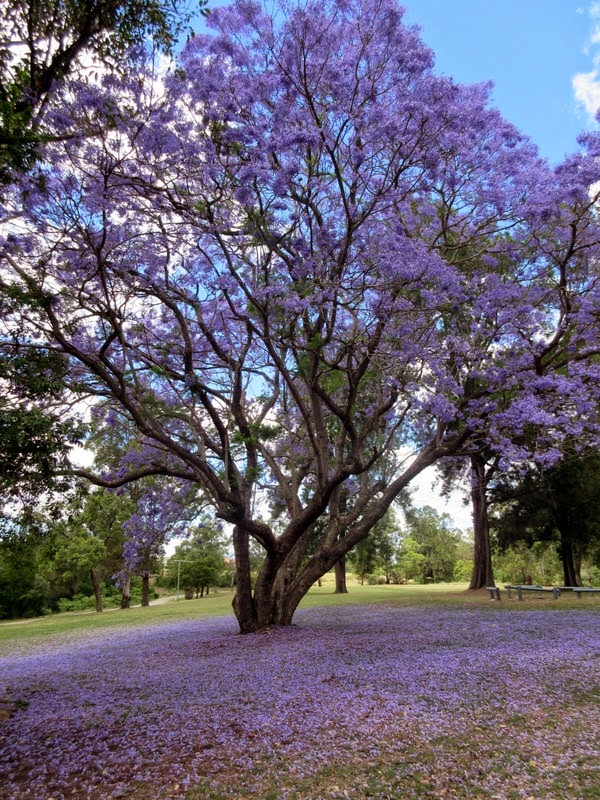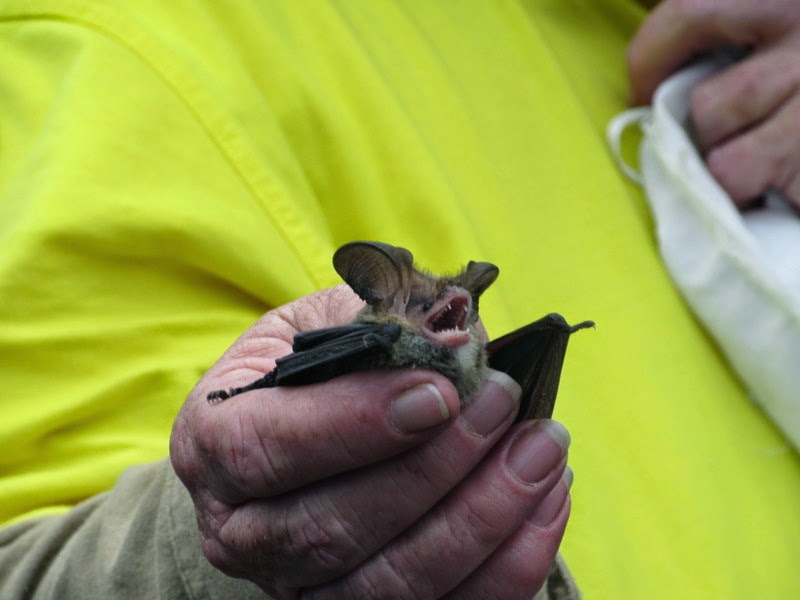We learned from park rangers about the ecological restoration and threatened species initiatives that are underway to protect the fragile area. Interstingly, some of the issues that the parks here face are mirrored to a great degree back in Canada. A few weeks ago, myself and the other leaders of the UBC Parks Canada Club took 25 students to Fort Rodd Hill National Historic Site on Vancouver Island for a weekend of restoring the Gary Oak ecosystem. We battled against the forces of human settlement by removing invasive species of Daphne and planting native Camas bulbs. Similarly, Australian parks fight to keep invasive African Olive at bay so that it does not take over the rest of an already fragile ecosystem. Many of the techniques used here are the same as I experienced on Vancouver Island (such as using simple gardening tools and man/woman power), yet others differ. For example, we were shown a tractor that is used to pull out large African Olive specimens and told that their main volunteer contingent consists of four elderly men. This got me thinking more about youth engagement in conservation- although we managed to successfully get 25 university students to volunteer in the Gary Oak ecosystem for a weekend, how can we inspire long-term committment in conservation issues? Hopefully some of the Congress sessions will help me answer this question (some definitely already have).
Cattai National Park also has a fascinating program to help the local population of micro-bats. One component of the program is research- they trap and study the bats to find out the number and characteristics of each species. A ranger was pulling out bats from a cooler that had been trapped the night before and showing them to our group. The other part of the project is habitat protection- they build small wooden homes for the bats in the trees to make up for the habitat loss that has occurred in the area. In Scheyville National park, we learned about land management and saw an example of a fire treatment program for weed control and native species regeneration. It was fascinating to see some of the concepts I've learned about in school being applied on the ground here in Australia.
I love hearing stories. I made a point asking the rangers what their favourite or most interesting/crazy memory from the park is. After speaking to us about the technical and artistic aspects of aboriginal rock art we saw in Cattai National Park, the first ranger seemed a bit taken aback by my question. He gained his composure quickly though and launched into an account of how he is most proud when he can share the culture of the land with the young people he cares about. He spoke of bringing his nieces and nephews into the park and seeing them transform at that moment into stewards of the land. This once again stressed the importance that personal, first-hand experiecnes in natural and cultural areas play in fostering a sense of respect, care and stewardship.
The second ranger I asked took a much different approach to the question. He went more along the lines of an "interesting/crazy" memory than a favourite one. Apparently, drunk hooligans made their way into the park one night to chase kangaroos. He didn't go into details, but I can only imagine that it must have been a long night and a heck of a crowd to deal with.
Although it may be the typical cliche tourist thing to say, my highlight of the day was definitley seeing kangaroos in Cattai National Park. A group of about ten of them bolted past our group in a way that looked like they were half running, half hopping. I was very startled by their size and speed.
Australia Parks & Wildlife Service faces both similar and different problems than those in Canada, yet one aspect stayed consistent in my comparison of the two countries. The park rangers implementing the programs absolutely love what they do. They are the people who make the magic happen on the ground, and their passion and dedication are absolutely mindblowing.
Learning about Aboriginal rock art in Cattai National Park
Australia has nice trees too!
The forest of Cumberland Plain
Tractor used for invasive species removal
Cooler of bats
Micro-bat
Fire management testing area







No comments:
Post a Comment